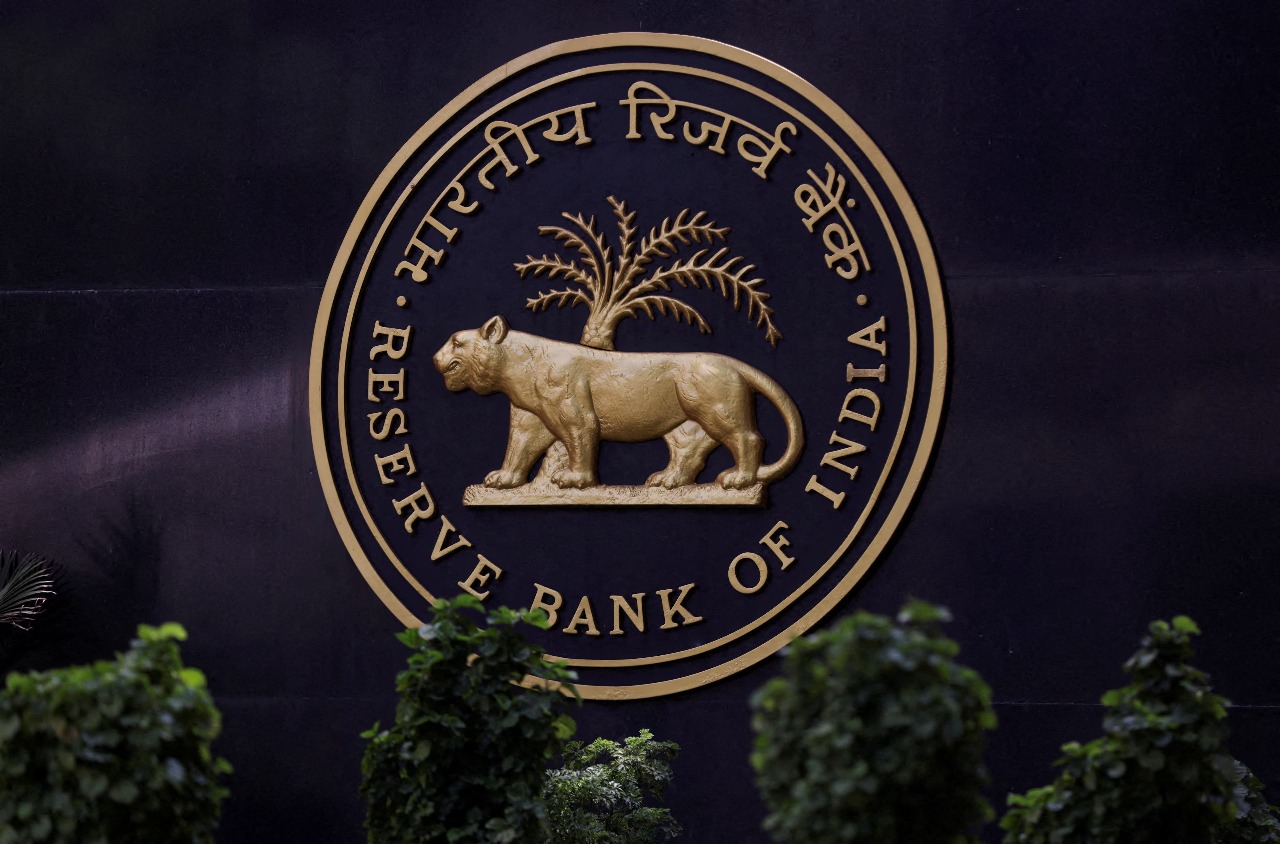The Reserve Bank of India (RBI) has announced underwriting commission rates of 0.0021 rupees per 100 rupees for 2074 maturity bonds and 0.0013 rupees per 100 rupees for 2030 maturity bonds. This decision is part of RBI’s efforts to ensure smooth government borrowing and incentivize primary dealers to underwrite government securities auctions.
The Reserve Bank of India (RBI) has recently fixed the underwriting commission rates for government securities maturing in 2074 and 2030 as part of its Additional Competitive Underwriting (ACU) auction mechanism. Under this arrangement, primary dealers (PDs) commit to underwriting unsold portions of government bond issues to provide certainty and smooth functioning of the government’s borrowing program.
For the 2074 bonds, the RBI has set the underwriting commission at 0.0021 rupees per 100 rupees of the bond value, while for the 2030 bonds, the rate is 0.0013 rupees per 100 rupees. These rates are determined through competitive bidding by the primary dealers during the underwriting auction. The fixed rate implies the highest commission allowed, reflecting market demand and pricing expectations.
Underwriting government securities is a vital function in India’s debt market, ensuring full subscription to government issuances and protecting against under-subscription risks. The RBI therefore relies on primary dealers not only to distribute bonds but also to underwrite unsold portions, effectively guaranteeing government financing needs.
This commission is paid to the primary dealers as an incentive for taking on the underwriting risk. It is a fractional fee but critical in sustaining robust participation by primary dealers in the government securities market. The underwriting commissions also signal the appetite and competitive dynamics among market-makers handling government debt instruments.
Notable Updates:
RBI sets underwriting commission at 0.0021 rupees per 100 rupees for bonds maturing in 2074.
Commission for 2030 maturity bonds fixed at 0.0013 rupees per 100 rupees.
Rates decided through competitive bidding among primary dealers during ACU auctions.
Underwriting mechanism ensures full subscription and smooth borrowing for government.
Primary dealers earn commissions for assuming underwriting risks of unsold bonds.
Commission levels indicate market appetite and pricing for government securities.
This move aligns with the government’s scheduled debt issuance programs.
RBI uses competitive auction mechanisms to maintain transparency and market efficiency.
Through these well-calibrated underwriting fees, the RBI continues to maintain investor confidence, healthy market liquidity, and orderly government financing in India’s debt markets.
Sources: Reserve Bank of India, ANI, Economic Times, Chini Mandi

